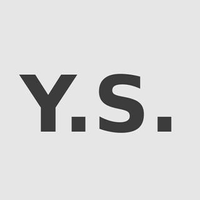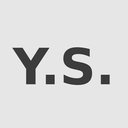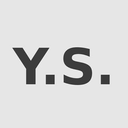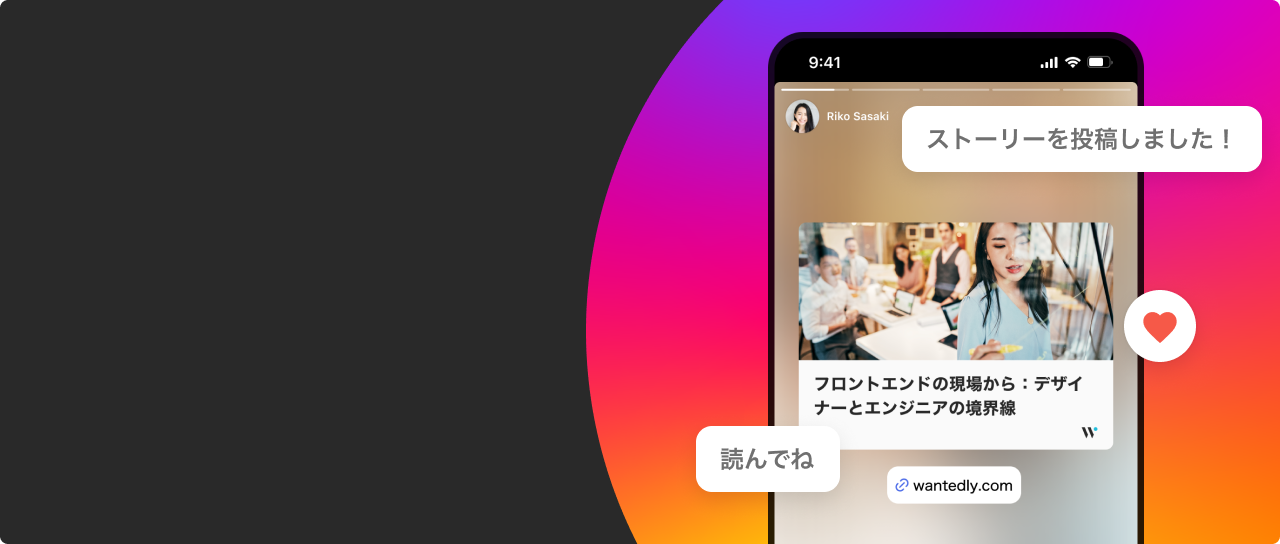Tableau Was Too Expensive — So I Mastered Power BI Myself | タブローは高すぎた。だから、Power BIを独学で叩き上げた。
Photo by Stephen Dawson on Unsplash
"That cost... it's not really realistic, is it?"
One day, our management approached me with a request:
"We want to visualize our operational data using Tableau."
I agreed wholeheartedly—data visualization was a long-standing need in our organization.
I reached out to Salesforce and received a proposal.
I was stunned. The price was far beyond what we expected.
That might be acceptable for large enterprises.
But our company is a cost-conscious, on-the-ground-focused B2B firm, not one with a generous IT budget.
There was no way this would get a green light.
"Wait a minute... can’t we do this ourselves?"
That’s when it hit me.
We didn’t need flashy visuals—we needed dashboards that supported real business decisions.
If we could achieve that with a different, more cost-effective tool, why not?
That’s how I discovered Power BI.
With strong compatibility with Microsoft 365 and a much lower cost, it was the right choice.
I began teaching myself Power BI from scratch.
I spent nights learning DAX expressions, Star and Snowflake schema design, and best practices in data modeling.
Whenever I got stuck, I turned to ChatGPT and Copilot for help—and they delivered.
With their support, I was able to model over 10 million rows of sales and inventory data into a clean, fast, and scalable Star Schema, later refactoring into Snowflake where needed for normalization.
I fine-tuned filters, time intelligence, and drill-down logic using DAX—making the dashboard not just visually appealing, but genuinely insightful.
What I gained wasn’t just dashboards.
I delivered what executives wanted, but more importantly, I designed something usable and sustainable—because I’d worked in sales, procurement, and business planning myself.
More than anything, I came away with a strong belief:
"Tools don’t solve problems. People do."
Power BI became embedded in our workflow,
and I gradually became known internally as "the BI guy."
Today, I’m looking to bring this mindset and capability to more organizations.
That’s why I’m seeking my next challenge in Customer Success or IT Consulting—especially in global SaaS companies.
In the end, the costly Tableau proposal opened the door to my BI journey.
Looking back, I realize: I’ve always been the type to look for how to make it work,
rather than why it can’t.
「Tableauは高すぎた。だから、Power BIを独学で叩き上げた。」
「その金額、ちょっと現実的じゃないですね……」
ある日、経営陣から「Tableauを導入して、業務データを可視化したい」という相談があった。
もちろん私も必要性には共感していたし、BIツールの導入は長年の懸案事項だった。
さっそくSalesforceに問い合わせて提案を受け取った——その金額に驚いた。
想定をはるかに超える見積だった。
それが大企業なら話は別。でも、私の勤め先はIT予算に余裕のない、現場重視のBtoB企業。
すぐにGoサインを出せる金額ではなかった。
「……これ、社内でやれるんちゃう?」
そう思った。
必要なのは“かっこいいビジュアル”ではなく、“意思決定に使えるダッシュボード”。
もっと現実的な手段で目的を達成できるはずや。
そこで出会ったのが Power BI。
Microsoft 365との親和性が高く、圧倒的にコストも抑えられる。
私はそこからPower BIの独学を開始。
スタースキーマとスノーフレークスキーマの設計、DAX式の構文と応用、そしてデータモデルの設計思想を、夜な夜な学び続けた。
詰まったときは ChatGPT や Copilot に相談。
このコンビがめちゃくちゃ頼りになった。
おかげで、1000万行を超える販売・在庫データを正規化・構造化し、まずはスタースキーマで高速に可視化。
必要に応じてスノーフレークスキーマにリファクタし、DAXでタイムインテリジェンスやドリルダウンを制御。
「見た目」だけでなく、「使える」ダッシュボードが完成した。
得たのは、ダッシュボードだけじゃなかった。
経営層が求めていた可視化を実現しただけでなく、
“ちゃんと使える仕組み”を現場目線で作れたことが、一番の成果だった。
これは、私が営業・購買・企画と現場経験を積んできたからこそ実現できたこと。
そして何より、私は確信した。
「課題を解決するのはツールではない。それを活かす“人間”だ」
Power BIは社内に根付き、
私は社内で“BIの人”と呼ばれるようになった。
今はこの経験と考え方を活かして、
より多くの現場や企業の改善に関わりたいと考えている。
次の挑戦は、外資系SaaS企業でのカスタマーサクセスまたはITコンサルティングのフィールドや。
あの高額なTableauの見積もりが、私のBIキャリアを切り拓いた。
振り返って思う。
私はずっと「できない理由」ではなく、「どうやったらできるか」を探してきた人間やったな、と。



